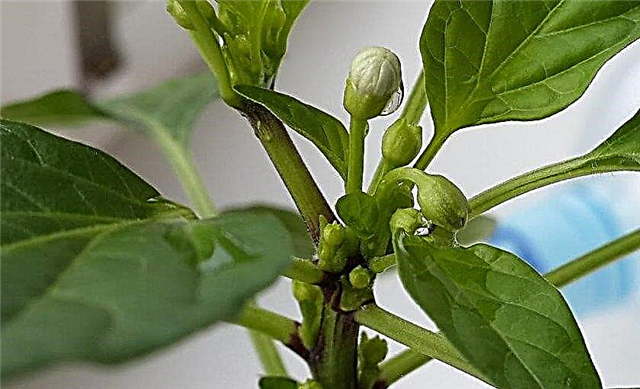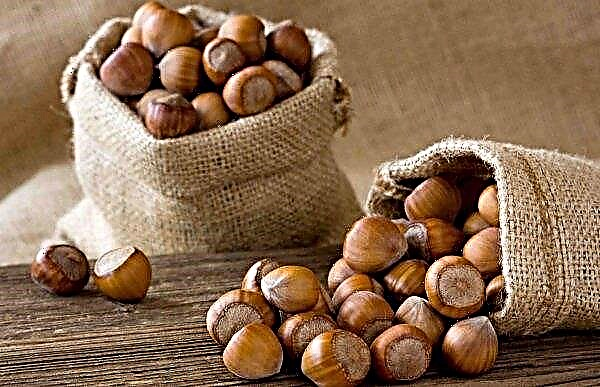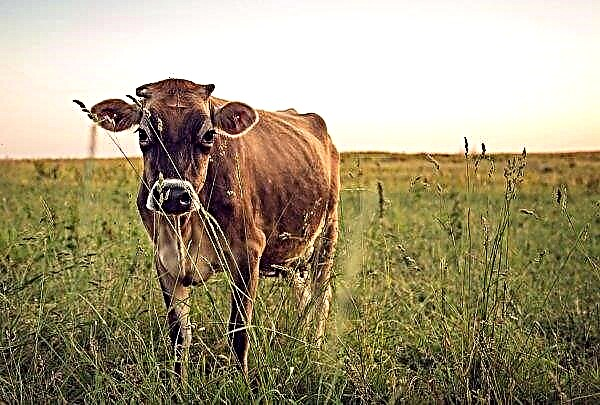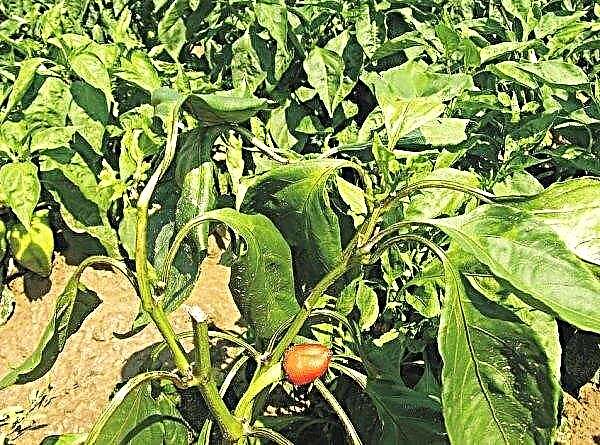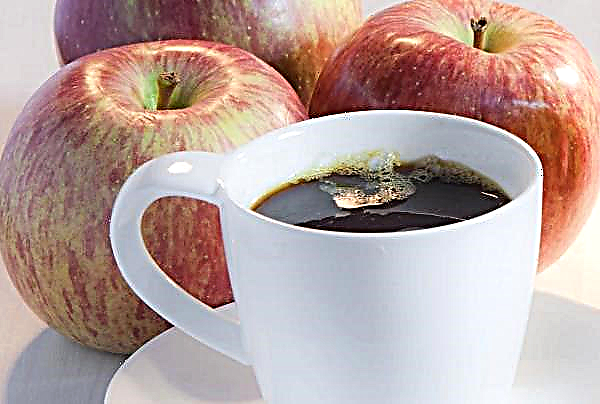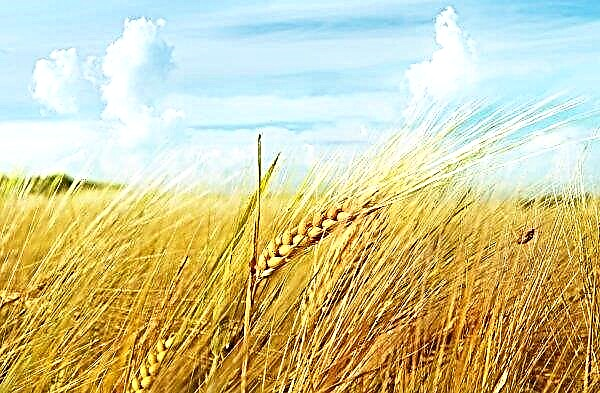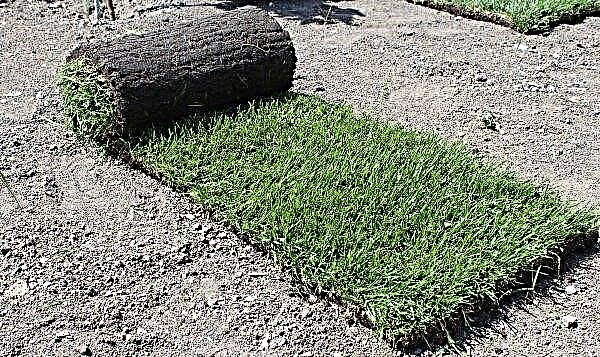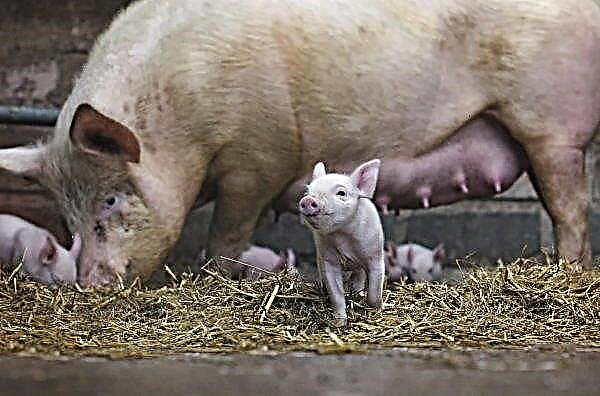Often, gardeners, especially beginners, think about whether it is possible to increase the yield of a particular crop without resorting to additional fertilizer application. After all, I don’t really want to eat vegetables grown from my garden that were grown in chemistry. One of the methods to increase the yield of pepper without using additional fertilizing is the formation of the plant.
What is formation and what is it for?
The formation of a bush of pepper (sweet, Bulgarian, chili and others) is an agrotechnical method for increasing the yield, without the use of fertilizing and fertilizing. With this method, it is necessary to trim exclusively extra shoots (tops). This procedure allows the plant to direct its forces to the formation of more powerful ovaries, not to waste energy on the growth of unnecessary shoots and the formation of weak ovaries, from which the same fruits will be obtained.
On the question of whether to form a bush, opinions were divided: some gardeners, more often beginners, believe that in order to get a good crop, it is enough to create the plant the necessary conditions for cultivation and care (to fertilize, weed, water, treat drugs with diseases and pests) .
Their opponents are of the opinion that it is necessary to form bushes. Using this technique, you can achieve excellent results without additional fertilizer or other agricultural activities.
Did you know? Capsicum, or paprika, a plant from the nightshade family, is a berry from a botanical perspective.
For gardeners who do not want to engage in such events, breeders have developed special low-growing hybrids that do not require formation. For plants of this type, only occasionally conducting pinching (if the bushes are located on the bed too close).
Plants of medium growth and tall, capable of growing to 1.2–2 m, need to be formed. If such a bush is not removed extra shoots, it will become too thick, with a lot of ovaries and greenery. Of these ovaries, in turn, a large number of small fruits with thin walls will appear. And voluminous green mass is a favorable soil for the development of various diseases. In addition, such a crown prevents the access of sunlight to nearby bushes, and pepper is very fond of sunlight.
Features of the procedure for forming a bush of pepper
Although the main task of forming a bush of peppers is to create the most favorable conditions for fruiting the plant (for decorative varieties grown in pots, the procedure also has an aesthetic function, giving the crown a beautiful appearance), the event has some distinctive features, depending on how pepper is grown.
In the seedling period
In the event that you are engaged in growing seedlings, it is necessary to carry out the formation when the seedling grows to 17–20 cm. Around this growth period, the bush begins to branch, dividing into two stems.
Between these shoots the first (crown) bud is formed. Often it blooms even before the plant is transplanted into the greenhouse or on the garden bed. To save the pepper from the expenditure of energy on the formation of the fetus and allow it to develop normally, it is better to remove such a bud.
Important! Perhaps you are the proud owner of some elite unique variety, in which case it is better to leave the crown buds on the two most developed bushes and let them develop. Do this to collect breeding seeds.
In the greenhouse
When transplanting seedlings into a greenhouse, it is necessary to take into account the fact that for normal development, the bush must add another 2-3 branches to the total green mass. Varieties (hybrids), which are characterized by a fairly high bushiness, are planted according to the scheme: 0.4–0.5 × 0.75–0.8, or 2–6 bushes per 1 m². Plants of medium bushiness can be placed with a density of 6–8 pcs. / 1 m².
Video: How to shape peppers in a greenhouse
The bush is formed as follows: remove those shoots that do not bear fruit. After the seedlings are planted in the greenhouse and take root, they inspect it for health and parasites.
The first two branches formed after the fork are called lateral (skeletal, first order). Both skeletal branches initially grow in a single stem with leaves. In the axils of the foliage stepsons are formed, which must be nipped.
The skeletal branch, in turn, also forms a fork (like the main stem), from which shoots of the second order grow. You should carefully study both shoots and leave a stronger one. Its main function will be to maintain the entire green mass located above, therefore it is called skeletal. They do not touch the skeletal shoot, and pinch the second (weaker) one without touching the leaf with the ovary.Important! All shoots located below the first branch are removed, this must be done for better aeration of the root zone.
A second-order skeletal shoot is formed according to the same pattern: after a fork in two branches, the weaker one is removed after the first leaf and future ovary. The branch left to grow is not touched. Do the same with all subsequent shoots (third, fourth order and so on).
In the event that you plan to form a bush in two stems, before planting seedlings in the greenhouse, place trellises on which each of the left skeletal branches can be tied. This procedure will not allow the stem to break under the weight of the fruit. Tie a strip of fabric, so as not to transmit the stem. It is necessary to regularly inspect the stem for the presence of processes that do not bear fruit, dried and lower leaves. Remove all stepchildren, extra shoots and those that grow inside the bush.
It is necessary to regularly inspect the stem for the presence of processes that do not bear fruit, dried and lower leaves. Remove all stepchildren, extra shoots and those that grow inside the bush.
On all branches of I, II, and III order, new processes and leaves periodically appear, which should be cut, but for one day you should not remove more than two branches and leaves. First cut the leaves, shading the ovaries.
5–6 weeks before fruiting is completed, it is necessary to pinpoint the growth points of those branches that bear fruit. The procedure will enable the plant to redirect its energy from growth to ripening fruits. A similar method of formation, when the bush looks like Latin V, makes it possible to grow 22–25 large peppers with dense fleshy walls on one plant.
Did you know? Bitter pepper acquired in the process of evolution, before the culture was not distinguished by a sharp taste. This mechanism is designed to scare away animals and attract birds, since pepper seeds passing through the gastrointestinal tract of birds come out undigested. But on animals, seeds act in the same way as on humans, they feel bitterness.
In the open ground
Plants growing in the garden under the open sky, undersized varieties and hybrids do not form.
The formation of all other peppers should be carried out in the following order:
- After the bush grows stronger and grows up to 25-30 cm, the crown bud is removed, and the tip on the side shoots is pinched. The procedure contributes to a better branching of the plant, the basis of which will also consist of 3-5 level I skeletal branches growing from the first fork. All other branches are deleted.
- All subsequent shoots are formed in the same way: they leave 3-5 processes, pinch the rest after the first leaf with a bud, which will give the fruit.
- Inspect the booth periodically to remove yellow, dry leaves and stepsons. The trunk to the fork should not have absolutely any extra vegetation. Everything that grows inside the bush is also subject to removal.
- When the bush gives birth to a sufficient number of fruits, pinch the growth points. Now the plant will direct its forces to the formation of healthy peppers, and not to grow up, although the side shoots will continue to develop.
- 4-5 weeks before the end of fruiting, the formation of the bush is completed, after which the plant will give all the energy only to ripen the fruits, filling them with juice and vitamins.
Video: Formation of pepper in the open ground
In a pot
In pots, on the windowsill, decorative pepper is often grown. In order for the plant to please the eye and bear fruit better, it is necessary to form its crown. Do it this way: pinch each twig during the period of the first fruiting. Lateral shoots and shoots are also cut, which violates the integrity of the crown. These branches are cut to 1/2 length.
Important! Peppers, including those grown in pots, tolerate pruning and pinching quite well.
The main stages of formation
The whole process of pepper formation can be divided into several stages, which will be discussed in more detail below.
Crown bud
The crown bud is removed immediately after the bush is divided into two branches, between which this bud is formed. This procedure was described in more detail above.

Clipping
Ideally, the pepper bush should have 2-3 branches after the first fork, they will delete everything else. Leave, of course, should be the strongest branches. Excess shoots are removed after 9-12 leaves appear. Choose the 2-3 most powerful branches - this will be the skeleton of the plant, the rest should be removed.
Barren shoots
Do not forget to regularly remove shoots that do not bear fruit. This excess green mass is an unjustified burden for the plant. Also remove the lower leaves, generally any greens that appears below the first fork.
Pinching the kidneys
If a sufficient number of ovaries have already formed during the fruiting period, you can pinch the kidneys on skeletal branches. Now young branches will not grow, and the bush will direct its forces to the growth and ripening of already formed fruits.
Did you know? Currently «champion» in hotness among hot peppers is the Carolina Riper variety (Caroline reaper). Its degree of severity is more than 2 million units on the Scovilla scale, which roughly corresponds to the hotness of pepper gas adopted by the US Army.
Useful tips gardeners
A few tips from experienced vegetable growers will help you avoid common mistakes when forming a bush and carry out the procedure correctly:
- In the event that when growing seedlings you notice that several crown buds have formed on the seedling, they must be removed immediately. This procedure will allow to grow fruitful shoots above the place of formation of buds.
- If the bush has a large green mass, it is necessary to tear off extra leaves (even healthy ones), since they take away from the plant a force that can be used to form new fruits. However, one should not be too fond of this procedure, because greens are a vital organ of any plant.
- During the procedure, focus on meteorological conditions. In hot summer weather, in the absence of precipitation, do not touch the lower leaves: they are an umbrella that obscures the basal area and retains moisture. But in the period of precipitation, on the contrary, it is advisable to remove these leaves in order to create better ventilation around the roots, to avoid waterlogging (the most favorable circumstance for the life of bacteria and the development of fungus).
- The last procedure is carried out 1–1.5 months before the fruit fully ripens; a later date may cause the fruits to not ripen.
